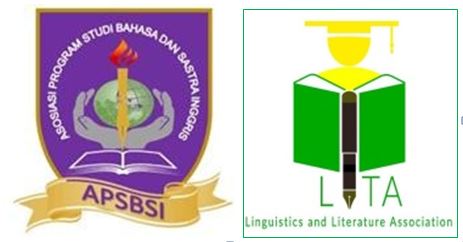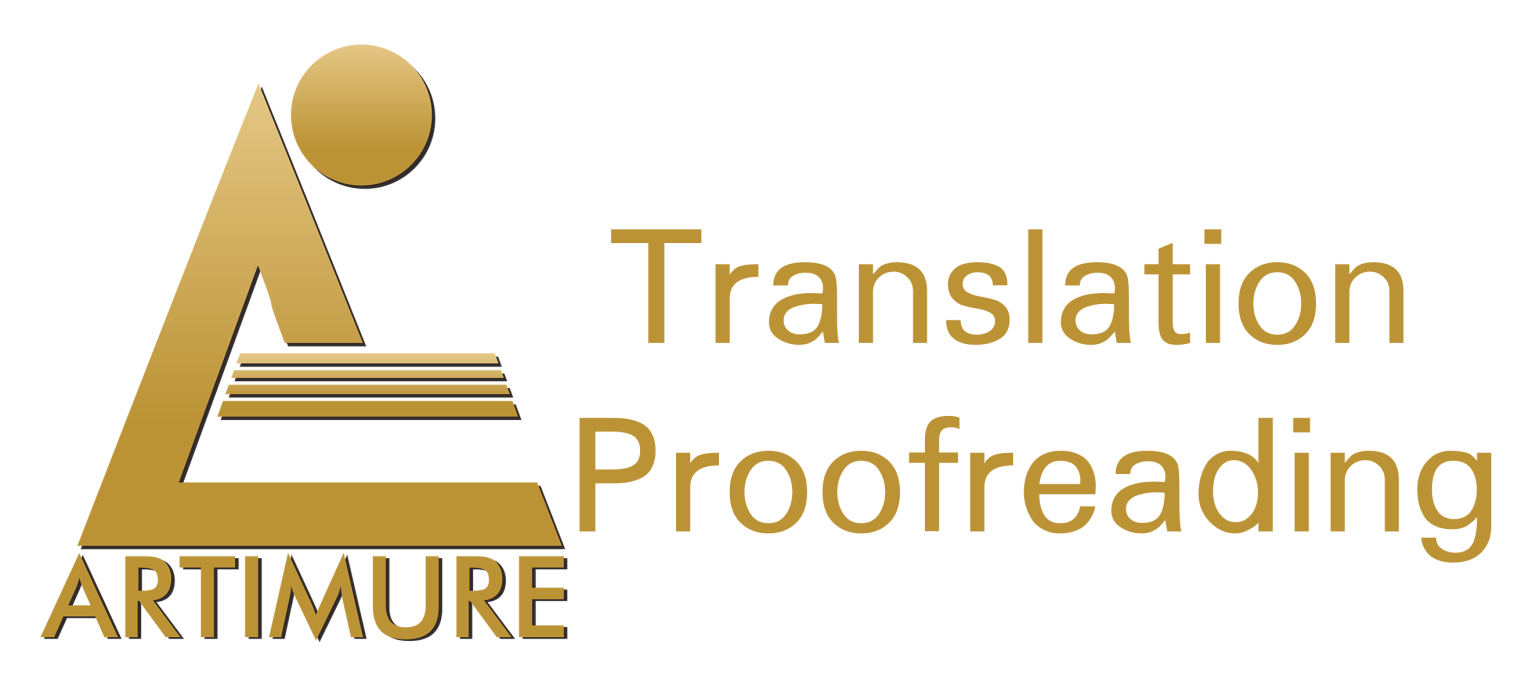Tools to Support Classroom Settings: Perceptions of EFL Students on ICT Usage during Pre-Service Teaching Program
DOI:
https://doi.org/10.31849/utamax.v1i2.6341Keywords:
ICT, Practicum Teachers, Classroom Context, Likert Scale, ImportanceAbstract
ICT is used in the classroom context to help pre-service teacher or practicum teachers to know more learning materials beyond the textbooks. This study aims at investigating perceptions using ICT in the learning process during their pre-service teaching program. This survey research was taking EFL students at the English Education Department, Universitas Lancang Kuning, who conducted practice teaching or pre-service teaching at other schools in the province. Sixty-four students participated in this study. A set of questionnaires, with a Likert scale of 20 items and closed-ended five questions, was used to collect the data to ask their perception in ICT use during practice teaching at schools, the academic year 2019-2020. Some questionnaire items were adopted and developed from (Zare-ee 2011). The findings reveal that most pre-service teachers (90%) used ICT in the classroom. The analysis using statistical analysis (SPSS ver. 20), it was found that the mean score at 4.08 with a standard deviation value at 0.144 categorized High level. The score of standard deviation means that all of the respondents' answers are the same agree or homogenous. It means that pre-service teachers agree on the importance of using ICT in the classroom's learning process and acting as supportive tool to grasp meaningful English learning resources, especially in classroom settings.
References
Abuhmaid, A. (2013). Information and communication technology integration within the practicum. Science journal of education, 1(5), 51-59.
Al-Munawwarah, S. F. (2014). Teachers’ Perceptions on The Use of ICT In Indonesian EFL Learning Context. English Review: Journal of English Education, 3(1), 70-80.
Arikunto, S., (2010). Prosedur penelitian: Suatu Pendekatan Praktik. (Edisi Revisi). PT. Rineka Cipta. Jakarta.
Arikunto, S., (2011). Prosedur Penelitian: Suatu Pendekatan Praktik. Edisi Revisi VII. PT. Rineka Cipta. Jakarta.
Singhavi, C., & Basargekar, P. (2019). Barriers Perceived by Teachers for Use of Information and Communication Technology (ICT) in the Classroom in Maharashtra, India. International Journal of Education and Development using Information and Communication Technology, 15(2), 62-78.
Creswell, J. W. (2014). Research Design: Qualitative, Quantitative, and Mixed Method Approaches (p. 285). Thousand Oaks, CA.
Hismanoglu, M. (2012). Prospective EFL teachers' perceptions of ICT integration: A study of distance higher education in Turkey. Educational Technology & Society, 15(1), 185–196.
Goodwin, A. L., Low, E., Ng, P., Yeung, A. S., & Cai, L. (2015). Enhancing playful teachers’ perception of the importance of ICT use in the classroom: The role of risk taking as a mediator. Australian Journal of Teacher Education, 40(4), 132-150.
Granito, M., & Chernobilsky, E. (2012). The effect of technology on a student’s motivation and knowledge retention. Proceedings of Northeastern Educational Research Association Conference (NERA).
Juliana, R. and Muslem, A. (2017) The Use Of Information And Communication Technology (Ict) Amongst Efl Teachers: Perceptions And Challenges. English Education Journal (EEJ), 8(4), 469-487, October 2017
Karakaya, K. (2010). An investigation of English language teachers’ attitudes toward computer technology and their use of technology in language teaching Ankara, Turkey. (Unpublished Master’s thesis). Middle East Technical University,. Retrieved June 22, 2015.
Katz, D., & Kahn, R. L. (1978). The social psychology of organizations (Vol. 2, p.528). New York: Wiley.
Kolbakova, F. (2014). The use of ICT among the teachers of English in Estonia by comparison with Europe and Asia: Tartu, Estonia (Unpublished Master’s thesis, University of Tartu).
Liu, S. (2012). A multivariate model of factors influencing technology use by pre-service teachers during practice teaching. Educational Technology & Society. Educational Technology & Society, 15(4), 137–149.
Murley, L. D., Jukes, P., & Stobaugh, R. (2013). “Raising expectations for pre-service teacher use of technology”.,International Journal of Humanities and Social Science.
Muslem, A., Yusuf, Y. Q., & Juliana, R. (2018). Perceptions and barriers to ICT use among English teachers in Indonesia. Teaching English with Technology, 18(1), 3-23.
Permendiknas No. 35 of 2010 concerning “Technical Instructions for Teachers' Position and Functions and their Credit figures”. Retrieved from: https://peraturan.bpk.go.id/Home/Details/163916/permendikbud-no-35-tahun-2010
Permendiknas No.74 of 2008 concerning “ Teachers that there are several main tasks of a teachers”. Retrieved from: https://peraturan.bpk.go.id/Home/Details/4892/pp-no-74-tahun-2008
Rabah, J. (2015). Benefits and challenges of Information and Communication Technologies (ICT) integration in Québec English schools. TOJET: The Turkish Online Journal of Educational Technology, 14(2), 24-31.
Rank, T., Warren, C., & Millum, T. (2011). Teaching English using ICT: A Practical Guide for Secondary School Teachers. London: Continuum.
Shaikh, BK. and Alagannawar, A. (2018) Active Learning Strategies In Classroom Using Ict Tool . Aarhat Multidisciplinary International Education Research Journal (AMIERJ), 6, 89-95.
Sharma, S. (2019). Descriptive Statistics. Paris: Horizons University.
Sudijono, Anas. 2012. Pengantar Statistik Pendidikan, Jakarta: PT. Raja Grafindo
Sugiyono. 2015. Statistika untuk penelitian. Bandung: Alvabeta.
The 1945 Constitution of the Republic of Indonesia of 2005 Chapter I Number 157 clause 9. “Qualifications for Educators”: retrieved from: https://www.mkri.id/public/content/infoumum/regulation/pdf/UUD45%20ASLI.pdf
Tshepo,B., & Abraham,N., (2017) Technology use by pre-service teachers during teaching practice: Are new teachers embracing technology right away in their first teaching experience?. Australasian Journal of Educational Technology, 2017, 33(1). 48-61
Valk, J. H., Rashid, A. T., & Elder, L. (2010). Using mobile phones to improve educational outcomes: An analysis of evidence from Asia. The International Review of Research in Open and Distance Learning, 11(1), 117-140.
Wekke, I. S., & Hamid, S. (2013). Technology on language teaching and learning: A research on Indonesian Pesantren. Procedia-Social and Behavioral Sciences, 83, 585–589.
Zare-ee, A. (2011). University Teachers' Views on the Use of Information Communication Technologies in Teaching and Research. Turkish Online Journal of Educational Technology-TOJET, 10(3), 318-327.










